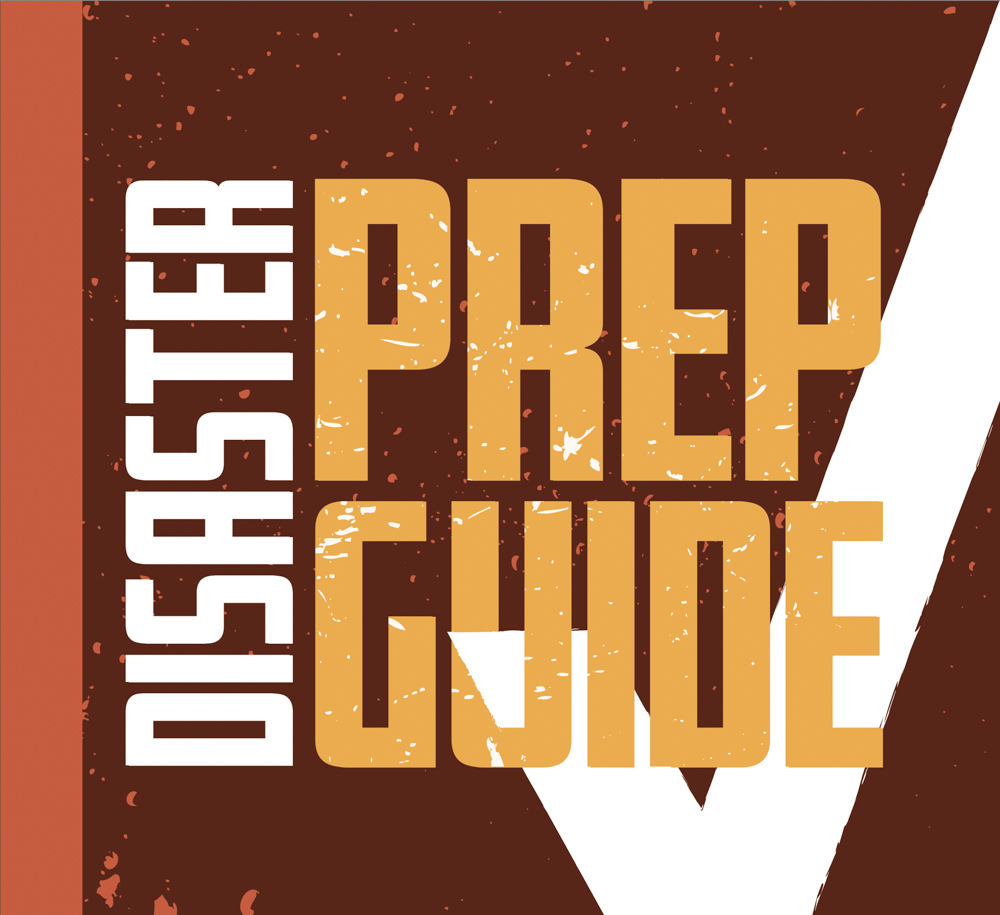
[ Haz click aquí para leer en Español ]
Santa Barbara is coastal, mountainous, semiarid, and situated close to fault lines. As such, the region has a long history of natural disasters, including storms, wildfire, and earthquakes.
Worsened by drought and high winds, wildfire is our most common natural disaster. In the past two years alone, wildfires have burned hundreds of thousands of acres countywide, costing hundreds of millions of dollars in damages and firefighting costs.
After those fires burn away the grasses, chaparral, and trees, then come the debris flows, triggered by ocean-born rainstorms that intensify as they collide with steep mountainsides. On January 20, 2017, for example, in the burn scar of the Sherpa Fire, a heavy downpour swept trees, boulders, and vehicles down El Capitan Creek and out to sea. Luckily, nobody was hurt. But the El Capitan Canyon resort shut down for months during extensive cleanup and repair. And who could forget January 9, 2018? In the smoldering wake of the Thomas Fire — then the largest wildfire in the history of state recordkeeping — a historic storm triggered the deadly 1/9 Debris Flow. And just last month, on February 2, a storm swept over the Whittier Fire burn scar near Lake Cachuma, producing a debris flow that clogged a culvert; the diverted runoff shut down Highway 154 in both directions for several weeks.
As far as earthquakes go, Santa Barbara hasn’t had a so-called Big One in nearly 100 years.
All of this isn’t to strike fear into the hearts of Santa Barbarans. It’s only to remind us that we all should prepare ourselves for the inevitable next natural disaster. Don’t think it can’t happen here. It has. It does. It will again. Fortunately, we are a community full of helpful individuals and public, private, and nonprofit leaders dedicated to making disaster preparedness straightforward and affordable. This guide aims to gather many of those resources into a handy booklet that’s easy to understand.
[ Click here to download a PDF version of the complete guide. ]
Get Ready…
The first and best — and likely the easiest — thing you can do for yourself (and those around you) is to sign up for emergency alerts through readysbc.org. There you will find a step-by-step process to register phone numbers (both cellular and landline) and email addresses to receive warnings, updates, and evacuation notices sent out by the Santa Barbara County Sheriff’s Office or Office of Emergency Management. If you need help signing up, please call (805) 681-5526 or email oem@sbcoem.org.
Get Set…
Another important step to take is to put together a go-bag or emergency supply kit. This booklet breaks that down on page 4. Think of it as a creative project that will help reduce stress during an evacuation. Don’t forget to put this booklet in your kit.
Go
Have a plan. Have a backup plan. And maybe even another. When it’s time to evacuate, you and each member of your household should have an agreed-upon plan on what to do and, if separated, where to meet. Brainstorm different scenarios. Think about where you can spend the night if you have to leave home. Get on the same page; maybe even use the blank space in this booklet to write it down.
Above all, look out for each other, connect with your neighbors, and educate yourself and others.
The Go-Bag | Pack enough to survive on your own for at least 72 hours.
Do You Live in a Red Zone? | And do you know the difference between a Flood Advisory and a Flood Warning?
Where to Get Good Information | From text alerts to the Radio Ready system, there are plenty of options.
Evacuating Your Pets | Preparing supplies and arranging transport can save critical time.
Mental Wellness and Childcare | Look for signs of trauma and find where to get help.
Get Involved, Get Trained | Resources for CPR and First Aid training, as well as volunteer opportunities.
Evacuation Checklist | Print out this page and come up with a plan.
Sources: City of Santa Barbara, County of Santa Barbara, American Red Cross, Federal Emergency Management Agency, California Governor’s Office of Emergency Services, National Weather Service, Santa Barbara Humane Society



